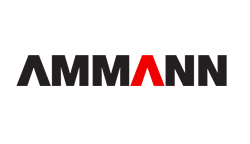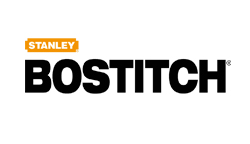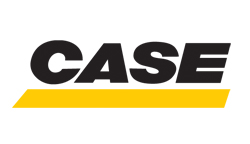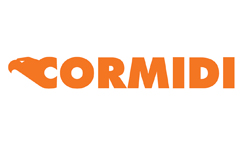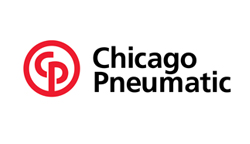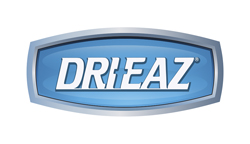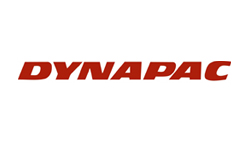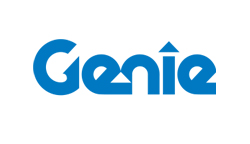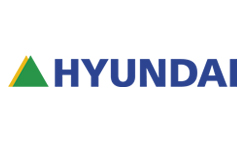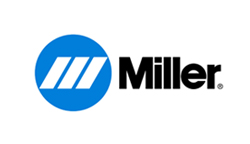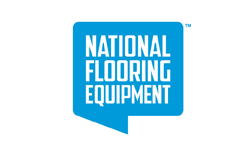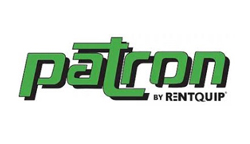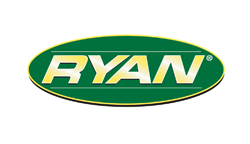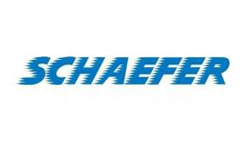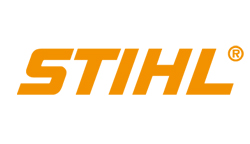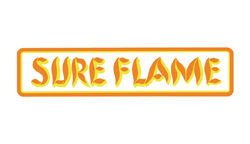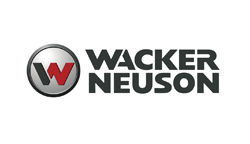Aerial & Lifting Equipment Rentals
Aerial and Lift Equipment
There are many types of aerial lift equipment for various jobs. Boom Lifts are used for reaching the highest locations and are divided primarily into two categories – “Straight” or “Stick” Booms and “Articulating” Booms. Straight booms have the greatest horizontal reach, while articulating booms have superior up and over ability. Boom lifts are available in 2 wheel drive and 4 wheel drive for rough terrain (R/T) applications. They have various power options, electric, gas powered, propane powered, and diesel powered. Propane and Electric units are most suited for indoor or confine space areas where exhaust fumes might be a concern. Diesel and Gasoline units have much longer run times between fills and are best suited for outdoor use. Lifts can range from about 30’ platform heights up to 150’ platform heights.
Towable Boom Lifts are light weight units that can be towed to the worksite. This reduces the transportation costs associated with standard Boom Lifts and makes it easy to do small jobs at multiple sites. They are also light weight in comparison to standard Boom Lifts which make them ideal for load sensitive areas. These units typically range from 35’ to 55’ in platform height. One of the disadvantages to these booms is that you must set up outriggers to level and stabilize the machine before use and that means you cannot drive the unit when elevated and have to bring the unit down to the stowed position each time you need to relocate the position.
Scissor Lifts are also primarily divided into two types, Slab Scissor Lifts and Rough Terrain (R/T) Scissor Lifts. Slab Scissor Lifts are typically electric powered and used on flat, level, hard surfaces and can range from about 15’ to 40’ platform heights. These Scissor Lifts are usually narrow to fit through doorways and range from about 30” to 70” wide. R/T Scissor Lifts are typically gas, propane and diesel powered and can range from about 30’ to 70’ in platform height. These units are typically wider than Slab Scissor Lifts and range from about 68” to 90” in width.
Other types of Lift equipment include Personnel Lifts, commonly referred to as AWP’s. These are smaller units suitable to lift one person, can be transported in a pickup truck and are the lightest of Personnel Lifts. These units are non-driveable and are pushed around to their locations. Outriggers need to be set up to level the unit before use. The advantage to these units is that they are light weight, can go up any elevator, are easy to move around and can be set up on a slope. Driveable Personnel Lifts often referred to as “Runabouts” also have a small foot print and have the ability to drive while elevated which can be a big advantage at the jobsite.
Telehandlers are also popular on the jobsite. These units are primarily used for lifting items and not people. These typically range in weight capacities of 5000 lbs to 15,000 lbs and range in lift height from about 19’ to 56’. These units are very versatile on the jobsite, can maneuver in tight places, and can lift and reach out to move loads on or off trucks, pile up on the jobsite, and lift from ground to several floors on new construction. These units are also 4 wheel drive to be maneuverable all over the jobsite.
To operate Aerial Lift Equipment the user must receive training and be issued an Operators Certificate for the type of lift to be used. The use of Aerial Lift equipment greatly increases safety when working at heights compared to other methods like scaffolding and ladders, but does need adequate training before use.














